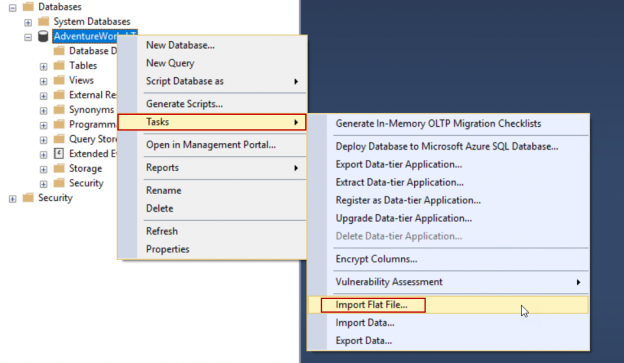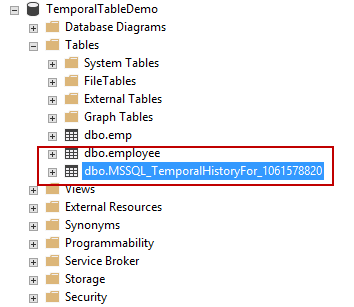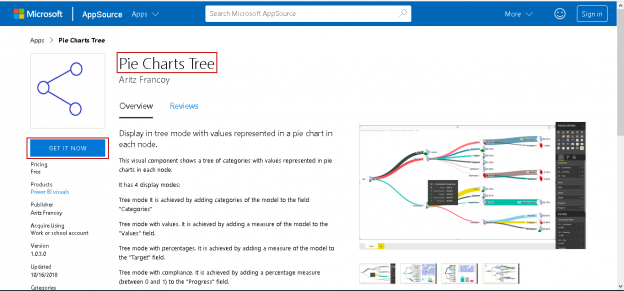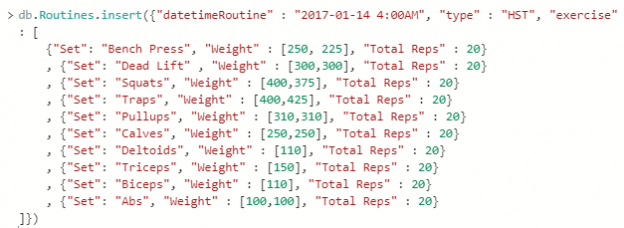This SQL Server FILETABLE article is the continuation of the SQL Server FILESTREAM series. The SQL Server FILESTREAM feature is available from SQL Server 2008 on. We can store unstructured objects into FILESTREAM container using this feature. SQL Server 2012 introduced a new feature, SQL Server FILETABLE, built on top of the SQL FILESTREAM feature. In this article, we will explore the SQL FILETABLE feature overview and its comparison with SQL FILESTREAM.
Read more »























